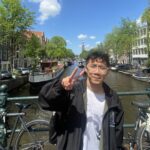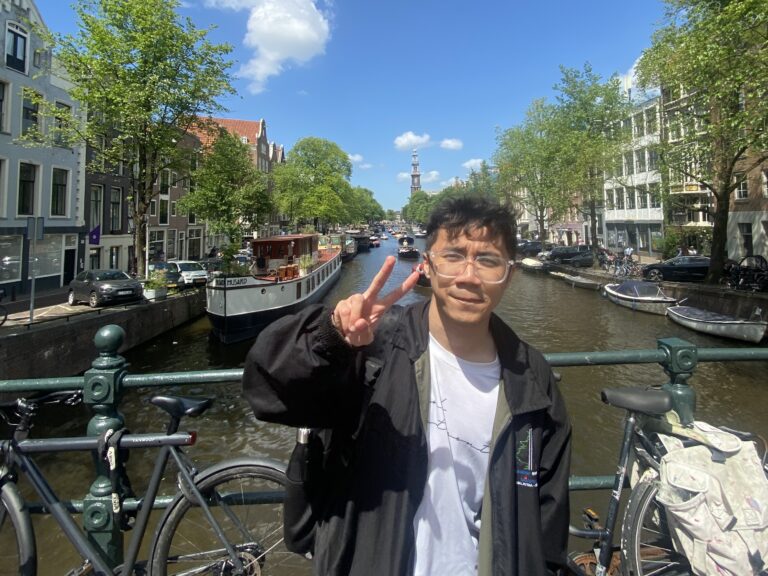
Infrastructure often feels like humankind’s love language to itself.
To think that hundreds and thousands of people laboured and toiled so that we could have working roads, public transport systems, and buildings, for the purpose of being connected to one another? That’s love.
And that sense of love and connection is easily felt by pedestrians, cyclists, and commuters of Amsterdam, or even the Netherlands as a whole. Zafran Rarang, a Malaysian who studied communications science at the University of Amsterdam, certainly felt that during his time there.
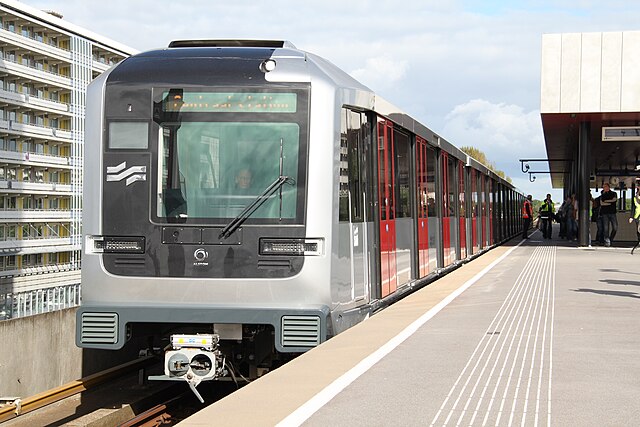
The Amsterdamse Metro in Amsterdam. Source: Wiki Commons
Like a nationwide metro
To Rarang, living in the Netherlands meant access to a metro that you only need to wait up to 10 minutes for a trip to a city on the other side of the country.
Amsterdamse Metro the rapid transit system in Amsterdam, is complete with five lines, and 86 stations, but beyond the capital, the Dutch Railway (known as Nederlandse Spoorwegen or NS in Dutch) is also touted to be highly efficient and convenient.
In countries like Malaysia, taking the train for intercity travel is seen as an event on its own, much like going to the airport. Most people would buy their tickets and choose their seats in advance, and head there ahead of schedule to make sure they get on the right train.
In the Netherlands, intercity trains are so frequent and easy to navigate, it’s truly just like hopping on the metro. With a transport system that was so robust, he and his friends would often meet in a different city every weekend.
“To be fair, the train is prone to schedule unreliability, because of disruptions, and people there complain about it all the time rightfully,” he says. “But the fact that they exist, it’s something that people there — and people in Europe in general — take for granted.”
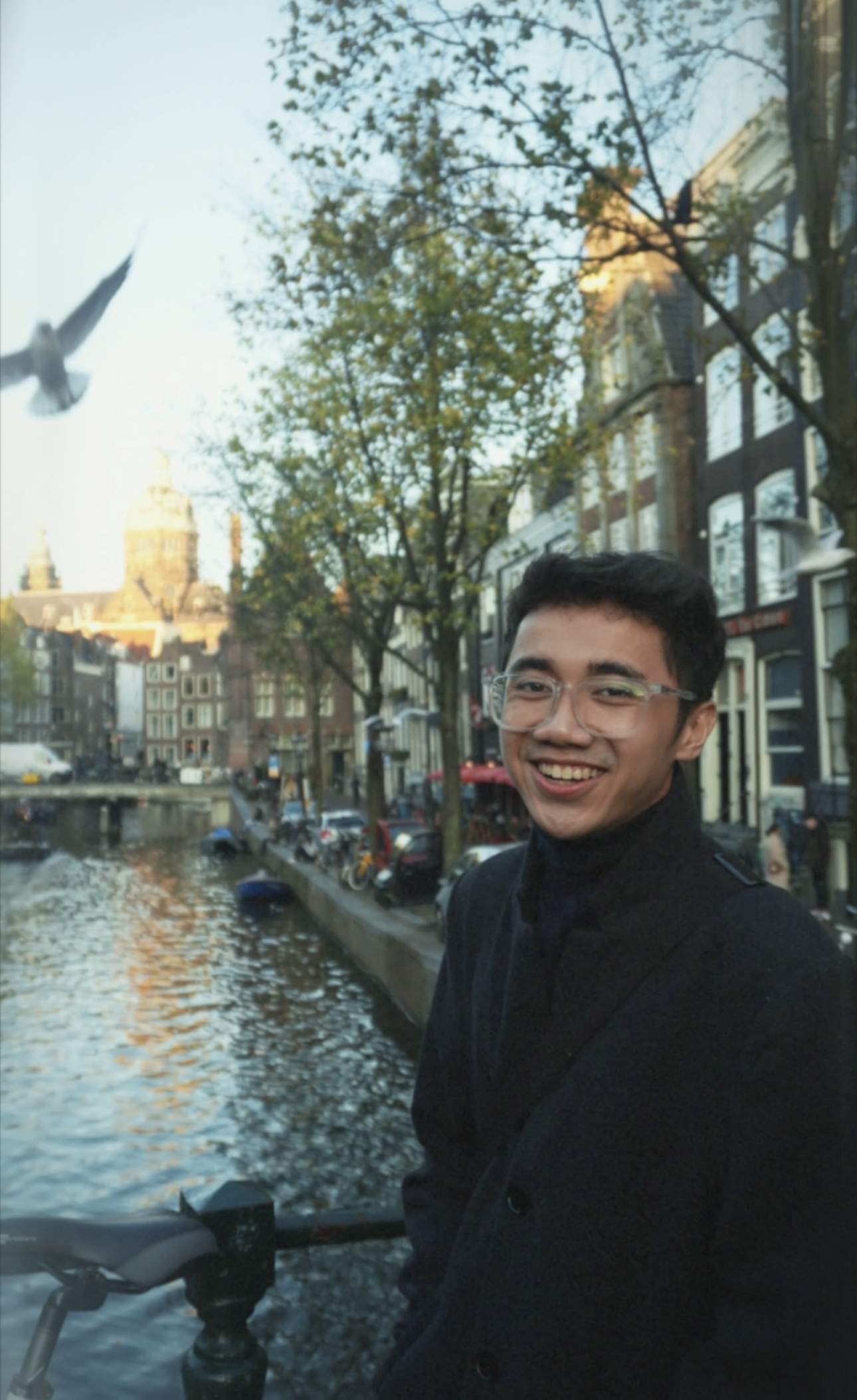
Rarang graduated from the University of Amsterdam in 2022. Source: Zafran Rarang
A really “nice” country
The Netherlands is “nice,” Rarang summarises in one word.
“Compared to most of the world, they have it good,” Rarang elaborates. “This is a very targeted example, but you know they have it good when they go out and protest the length of a bicycle traffic light staying red.”
Obviously, they protest about other worldly issues too, but the way Rarang sees it, if a society can protest something as minute as that, your welfare is probably decently well taken care of.
Of course, things aren’t perfect. Like other countries, there are still many fractures in the Dutch community. But overall, things are good. Things are nice.
“Despite all its issues, I see it as a utopia,” he says.
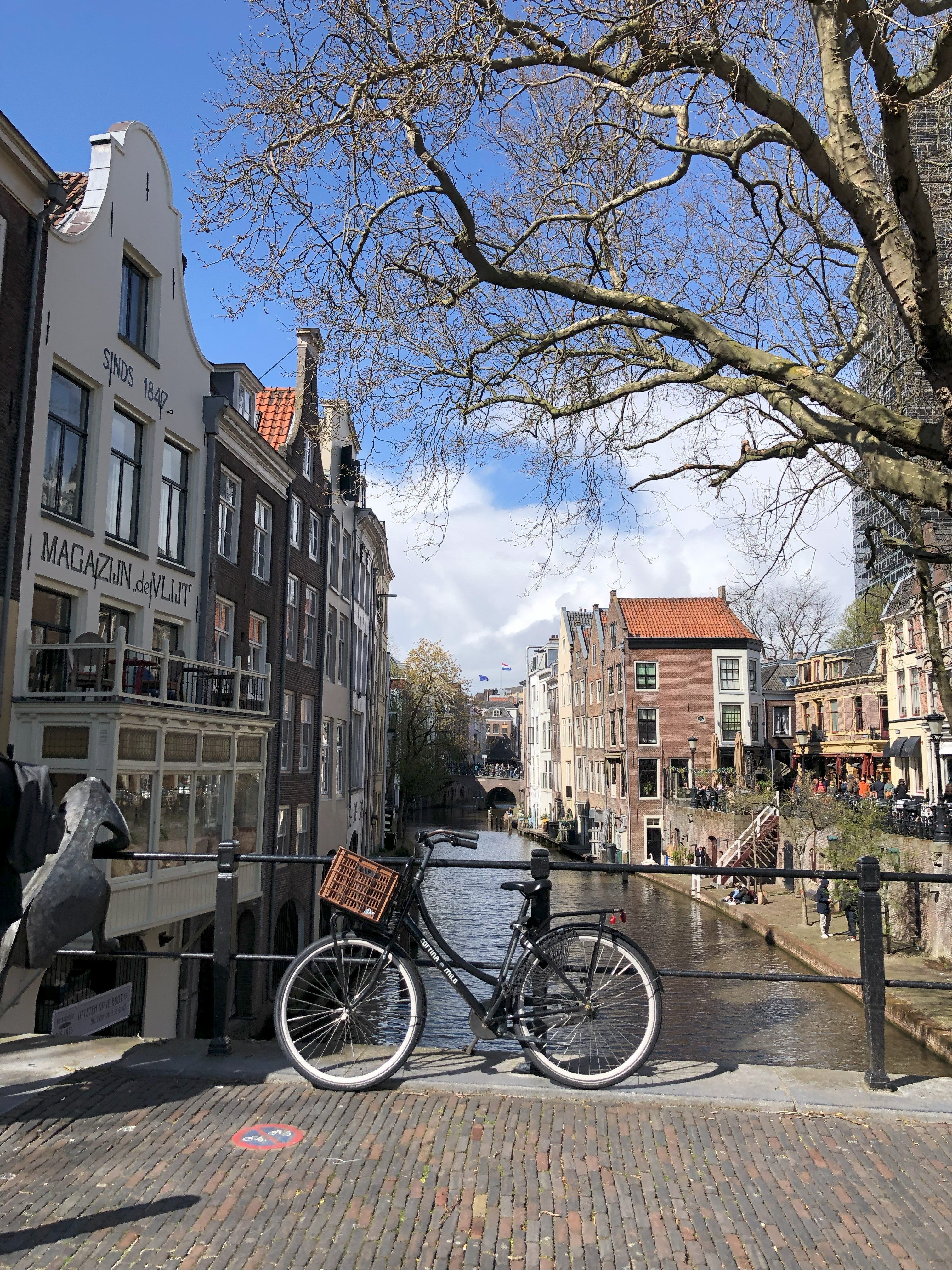
Rarang would cycle from class to class in Amsterdam. Source: Zafran Rarang
Not living in a bubble
Campus life can often make students feel like they’re in a bubble, especially when you live in a college town. When you’re studying at the University of Amsterdam, though, the city is your campus.
The university has four open city campuses that connect the city and the university. Rarang chose to study here because it was a top school for communications science, encompassing subjects like journalism, corporate communications, entertainment communications, public relations, and more, but from a scientific, research-focused point of view.
For Rarang’s faculty of behavioural sciences, relevant buildings are scattered across the city, quite literally bringing students out of classrooms and into the world.
With the way the university was structured, Rarang would often cycle from class to class, exploring the city while he did.
“I’m not going between hallways, I’m going in between streets,” he illustrates. “It really made me feel one with the city.”





